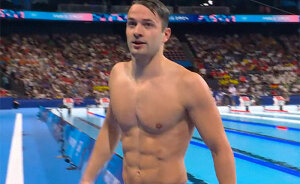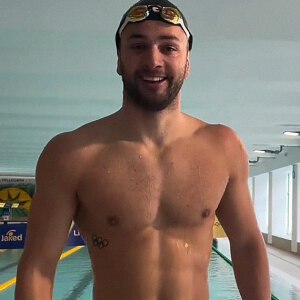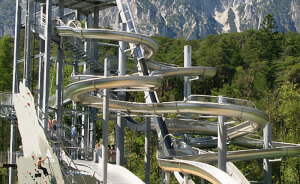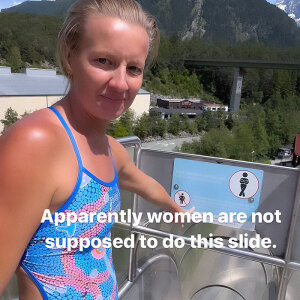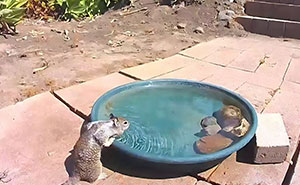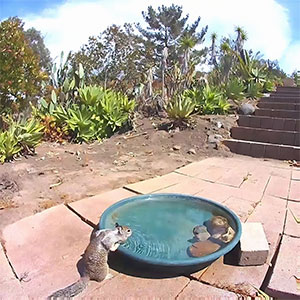Contestants were able to submit their work in the following seven categories: Birds, Mammals, Other Animals, Plants and Fungi, Landscapes, and Nature’s Studio. In this year’s competition, Dieter Damschen was nominated as the photographer of the year with the photo “Winter flood in a riparian forest”. Down below we have shared other 21 winners from all the categories, and if you would like to see more photos, take a look here. More info: gdtfoto.de | Instagram First of all, we were wondering how GDT chose the categories for the photo competition, and how they have changed over time. Sandra wrote: “The categories have remained almost the same for many years, ranging from Birds and Mammals to Plants and Landscapes, as well as some creative categories to cover the range that nature photography offers. Each year we have one special category that focuses on a niche topic – this year it is All Things Flow - Germany’s river landscapes.” “The judging process consists of two rounds. In the first round, each judge looks at the images individually, grading them from 1 to 5. For the images with the highest scores, we will ask for the RAW files and then start the final round of judging where we will go deeply into the single categories, discussing the individual images, checking the authenticity of the images, and finally deciding on a set of 10 images per category. The final ranking is a democratic process by the members of the organization. Every member has the chance to vote online for their favorite image, which determines the winner and runner-up of each category. From those winning images, the last step is to choose the Overall Winner of the whole competition. The difficulty with judging processes is always being fair to each single image and ensuring that not only loud and colorful images end up in the final selection. Giving enough time to view, process, and discuss the entries is very important. We are also very aware of unethical behavior, staged images, and manipulated images,” explained Sandra. “We believe that winning major competitions with a big media reach will always help the visibility of a photographer. Besides featuring the winning photographers prominently on our website and social channels, we also have a beautifully printed traveling exhibition which adds to the exposure for each single photographer,” wrote Sandra. “In a time where more and more people feel alienated from nature, it is important to showcase the beauty, fragility, and vulnerability of nature. The winning images and the captions accompanying the exhibition do exactly that. We see that people are engaging with the images, reading and learning about species they might have never heard of. Additionally, we create the Special Category each year in collaboration with the NABU Stiftung, a German conservation foundation, in order to emphasize and look at special ecosystems,” shared Sandra. “The judges chose the image of the Eider duck as the winner of the jury because they liked the clean and minimalist image that showcases a typical behavior of the ducks diving for mussels on the sea ground and which they then chip away to get at the inside. The overall winning image by Dieter Damschen, on the other hand, is a very untypical winner. It was chosen by the members for its perfectly serene and calming quality. It is a superbly composed image of the winter floodings at the river Elbe with tranquil colors and an otherworldly appearance.” And lastly, Sandra added: “Have a look at the winning galleries on our website.” Follow Bored Panda on Google News! Follow us on Flipboard.com/@boredpanda! Please use high-res photos without watermarks Ooops! Your image is too large, maximum file size is 8 MB.




































